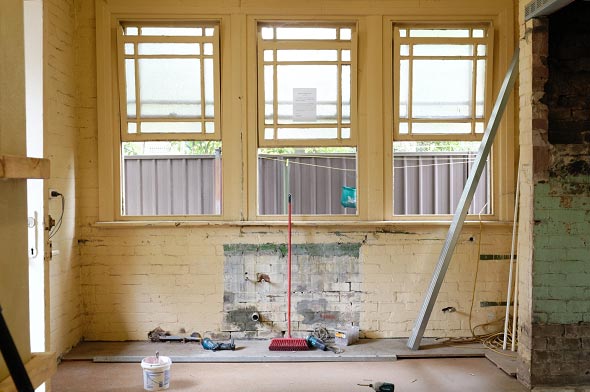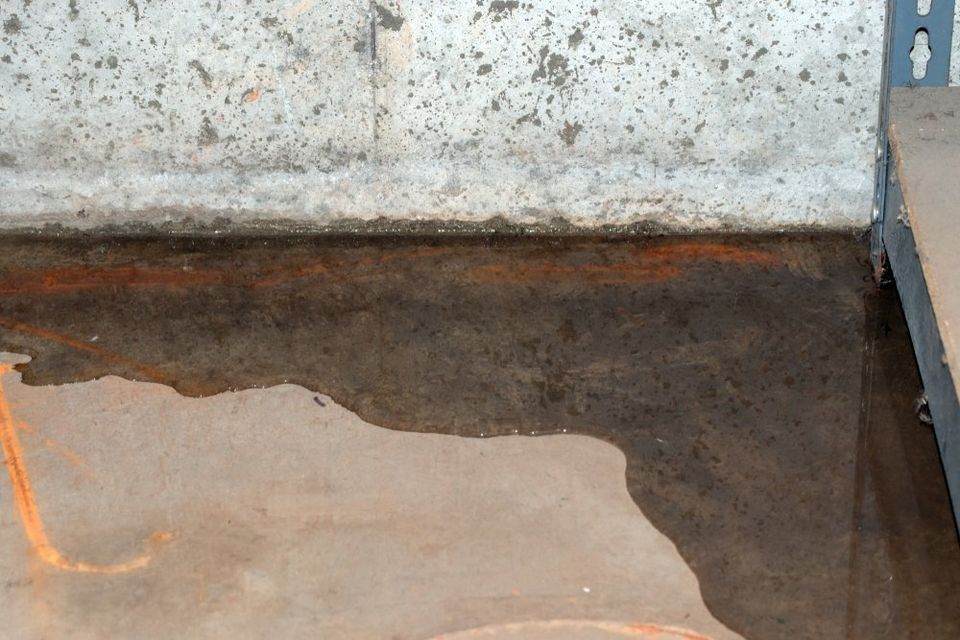Do's & Don'ts of Water Damage.
Do's & Don'ts of Water Damage.
Blog Article
What're your insights and beliefs on Reducing Your Risk Of Water And Fire Damage At Home?

Though water offers life, water intrusion on parts where it's not meant to be can cause damages. If the water soaks into your framework, it can peel off away surface areas and also deteriorate the foundation. Mold and also mold additionally thrive in a damp environment, which can be dangerous for your health and wellness. Houses with water damage smell old as well as musty.
Water can originate from numerous sources such as tropical cyclones, floods, burst pipes, leakages, and also drain problems. In case you experience water damage, it would be good to recognize some safety and security preventative measures. Right here are a couple of standards on exactly how to handle water damage.
Do Prioritize Home Insurance Policy Insurance Coverage
Water damages from flood dues to hefty winds is seasonal. Nonetheless, you can likewise experience an unexpected flood when a malfunctioning pipe suddenly breaks right into your home. It would be best to have residence insurance that covers both disasters such as natural calamities, and also emergencies like broken plumbing.
Do Not Forget to Switch Off Utilities
In the event of a catastrophe, especially if you stay in a flood-prone area, it would certainly be advisable to shut off the main electric circuit. This cuts off power to your entire house, protecting against electrical shocks when water can be found in as it is a conductor. Furthermore, do not fail to remember to switch off the main water line shutoff. When floodwaters are high, furniture will certainly move around as well as create damage. Having the major valve shut down prevents additional damages.
Do Remain Proactive as well as Heed Climate Alerts
Storm floodings can be very unforeseeable. Stay ready and also proactive if there is a history of flooding in your community. If you live near a creek, lake, or river , listen to evacuation warnings. Get belongings from the first stage and basement, then put them on the highest feasible level. Doing so lowers prospective residential property damages.
Don't Overlook the Roofing System
You can avoid rainfall damages if there are no holes and also leaks in your roof covering. This will certainly prevent water from moving down your walls and saturating your ceiling.
Do Take Notice Of Little Leaks
A ruptured pipe does not take place overnight. You might discover gurgling paint, peeling wallpaper, water streaks, water discolorations, or dripping noises behind the wall surfaces. Have your plumbing fixed before it results in large damages.
Don't Panic in Case of a Burst Pipeline
Keeping your presence of mind is crucial in a time of dilemma. Stressing will only compound the issue because it will suppress you from acting quickly. Timing is essential when it comes to water damages. The longer you wait, the even more damages you can expect. Thus, if a pipe bursts in your house, immediately shut off your primary water shutoff to remove the resource. Then unplug all electric outlets in the location or switch off the breaker for that part of the house. Call a trustworthy water damages restoration specialist for assistance.
Water offers life, water breach on components where it's not meant to be can result in damages. Houses with water damage smell old and stuffy.
Water damages from flood fees to heavy winds is seasonal. You may see gurgling paint, peeling off wallpaper, water streaks, water stains, or trickling noises behind the walls. When it comes to water damage, timing is vital.
Water Damage Do's and Don'ts
Do's
Always use rubber gloves to protect your hands & rubber boots to protect your feet and legs. Damage from water and bacteria growth can begin within hours. Call for professional help. Remove as much water as possible by mopping and blotting with sponges. Pull up wet rugs and carpets if hardwood floors are below. Lift draperies off the floor, loop through a coat hanger and place the hanger on the drapery rod. Wipe furniture, prop up wet furniture cushions for even drying and place aluminum foil under furniture legs. Move photos, paintings, art objects, computers, other electronics and valuables to a safe, dry location. Do not remove books from shelves. Pack them tightly to prevent page warping until a restoration professional can begin this specialized drying. Ventilate wet areas. Turn on air conditioning for faster drying in summer (only if there is no visible mold) and winter, alternate cycles of opened windows and heating. Also, open drawers, closets and cabinet doors to enhance drying. Don'ts
Do not enter rooms where there is wet and sagging ceiling! Do not enter a room with standing water until electricity has been turned off. Do not use a regular household vacuum to remove water. Use heat to dry closed building interiors. Mildew and more moisture damage can occur. Do not use electrical appliances while on wet carpet or flooring. Do not disturb visible mold. https://www.myknowledgebroker.com/blog/personal-insurance/water-damage-dos-and-donts/

As a fervent reader about Keeping Your Home Safe This Holiday Season, I was thinking sharing that excerpt was smart. Appreciated our write-up? Please share it. Help somebody else discover it. We love reading our article about Fire And Water Damage Prevention.
Report this page